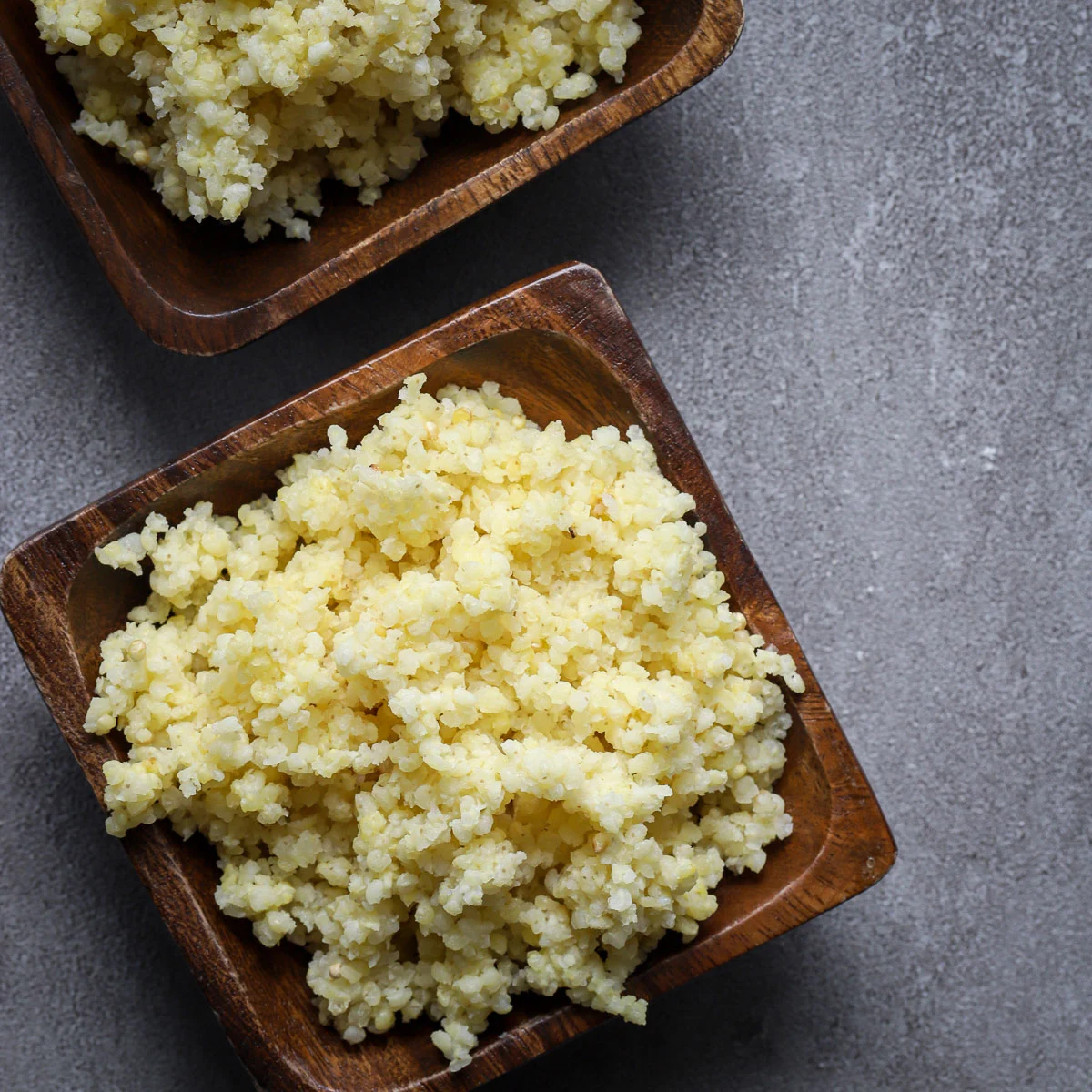

Articles
How To Cook Millet In A Rice Cooker
Modified: February 26, 2024
Discover the perfect way to cook millet in a rice cooker with this helpful article. Learn the best tips and tricks for delicious results.
(Many of the links in this article redirect to a specific reviewed product. Your purchase of these products through affiliate links helps to generate commission for Storables.com, at no extra cost. Learn more)
Introduction
Millet is a versatile and nutritious grain that has been consumed for thousands of years. It is highly regarded for its health benefits, including its high protein content, low glycemic index, and abundance of essential minerals and nutrients. Traditionally, millet is cooked on the stovetop, requiring constant monitoring and regular stirring. However, with the help of a rice cooker, you can easily cook millet without any hassle.
In this article, we will explore the benefits of cooking millet in a rice cooker, providing you with a step-by-step guide to achieve perfectly cooked millet every time. We will also discuss tips to enhance the flavor and texture of millet, as well as variations and additions that can spice up your millet dishes.
So, whether you are a health-conscious individual looking to add more whole grains to your diet or someone who simply wants an easier cooking method for millet, read on to discover how a rice cooker can be your secret weapon in preparing delicious and nutritious millet meals.
Key Takeaways:
- Cooking millet in a rice cooker offers convenience, consistent results, and time-saving benefits. It simplifies the cooking process, allowing for customization and experimentation with flavors and additions.
- Following simple steps and tips, you can achieve perfectly cooked millet in a rice cooker. Experiment with variations and additions to create unique and flavorful millet dishes that elevate the humble grain to a whole new level.
Read more: How To Cook Fluffy Rice In A Rice Cooker
Benefits of Cooking Millet in a Rice Cooker
Cooking millet in a rice cooker offers several advantages over traditional stovetop methods. Here are some of the key benefits:
- Convenience: Using a rice cooker eliminates the need for constant monitoring and stirring, making the cooking process much more convenient. Simply add the millet and water to the rice cooker, set the desired cooking time, and let the appliance do the work for you.
- Consistent Results: Rice cookers are designed to cook grains evenly and consistently. This means that you can achieve perfectly cooked millet with a fluffy texture and no mushy or undercooked grains.
- Time-Saving: With a rice cooker, you can save time and effort compared to cooking millet on the stovetop. There is no need to watch over the pot or worry about the millet boiling over. You can set the cooking time and focus on other tasks while the millet cooks.
- Versatility: Rice cookers often come with different settings that allow you to customize the cooking process. This versatility enables you to cook different types of millet, adjust the cooking time, and experiment with various flavors and seasonings.
- Energy Efficiency: Rice cookers are designed to be energy efficient, using minimal power to cook grains. This not only saves you money on electricity bills but also reduces your carbon footprint.
Overall, cooking millet in a rice cooker provides a convenient, efficient, and reliable way to prepare this nutritious grain. Whether you are a busy professional, a student, or someone who enjoys hassle-free cooking, using a rice cooker will simplify the process and deliver consistent results every time.
Step-by-Step Guide to Cooking Millet in a Rice Cooker
Follow these simple steps to cook millet in a rice cooker:
- Rinse the millet: Start by rinsing the millet under cold water to remove any dirt or impurities. This step is essential to ensure clean and fluffy millet.
- Ratio of millet to water: The general rule of thumb is to use a 1:2 ratio of millet to water. For example, if you are cooking 1 cup of millet, use 2 cups of water.
- Add to the rice cooker: Transfer the rinsed millet and the appropriate amount of water to the rice cooker pot.
- Optional: Soaking the millet: Soaking the millet for 15-30 minutes before cooking can help improve its digestibility and reduce cooking time. If you choose to soak, drain the millet and add fresh water to the rice cooker.
- Add flavorings: Add any desired seasonings, such as salt, herbs, or spices, to enhance the flavor of the millet. Mix well to distribute the flavors evenly.
- Cooking setting: Set your rice cooker to the appropriate setting for cooking grains. If your rice cooker has a specific setting for millet, use that. Otherwise, choose the “white rice” or “grain” setting.
- Cooking time: The cooking time for millet can vary depending on the rice cooker and the quantity being cooked. As a general guideline, millet usually takes around 20-30 minutes to cook. Check the manufacturer’s instructions for recommended cooking times.
- Let it steam: Once the cooking cycle is complete, let the millet steam in the rice cooker for an additional 5-10 minutes. This helps to ensure that the grains are fully cooked and the texture is fluffy.
- Fluff with a fork: After steaming, use a fork to fluff the cooked millet gently. This will separate the grains and ensure an even texture.
- Serve and enjoy: Your perfectly cooked millet is now ready to be served as a delicious side dish, added to salads, or used as a base for various recipes.
Following these steps will help you achieve perfectly cooked millet using a rice cooker. Enjoy the convenience and consistency of this cooking method, and savor the nutritious and wholesome grains in your meals.
Tips for Perfectly Cooked Millet in a Rice Cooker
To ensure that your millet turns out perfectly cooked and flavorful, here are some helpful tips:
- Quality millet: Start with high-quality millet grains from a trusted source. Fresh millet grains will yield better results and have a pleasant taste.
- Rinse thoroughly: Properly rinsing the millet before cooking helps remove any impurities or bitterness. Use a fine-mesh strainer and rinse under cold water until the water runs clear.
- Soak for improved digestibility: Soaking millet in water for 15-30 minutes before cooking can improve its digestibility and reduce cooking time. However, this step is optional and can be skipped if you’re short on time.
- Consider toasting: Toasting the millet in a dry skillet for a few minutes before cooking can enhance its nutty flavor. This step is optional but recommended for added depth of taste.
- Proper water measurement: The ideal ratio of millet to water is 1:2. However, some rice cookers may require slightly more or less water, so it’s best to consult the manufacturer’s instructions or your rice cooker’s manual.
- Seasoning: While millet has a mild flavor on its own, you can add seasonings like salt, herbs, or spices to enhance its taste. Consider adding a bay leaf or a dash of cumin or turmeric to infuse additional flavors into the millet.
- Avoid opening the lid: Resist the temptation to check on the millet while it’s cooking. Opening the rice cooker lid can disrupt the cooking process and lead to unevenly cooked grains.
- Let it steam: After the cooking cycle is complete, let the millet steam in the rice cooker for an additional 5-10 minutes. This step helps to achieve a fluffier texture and even distribution of moisture.
- Fluff gently: Use a fork to fluff the millet gently after it has steamed. This will separate the grains and prevent clumping, resulting in a light and fluffy texture.
- Rest before serving: Allow the cooked millet to rest for a few minutes before serving. This allows the flavors to meld together and the heat to distribute evenly throughout the grains.
By following these tips, you will be able to achieve perfectly cooked millet in your rice cooker. Experiment with different seasonings and variations to create flavorful and nutritious millet dishes that will be enjoyed by the whole family.
Add 2 cups of water for every 1 cup of millet in the rice cooker. Let it cook on the regular rice setting. Once done, fluff with a fork and let it sit for a few minutes before serving.
Variations and Additions to Millet in a Rice Cooker
Millet is a versatile grain that can be customized with various flavors and ingredients to create delicious and unique dishes. Here are some variations and additions you can try when cooking millet in a rice cooker:
- Herbs and spices: Add a burst of flavor to your millet by incorporating different herbs and spices. Experiment with options like thyme, rosemary, oregano, cumin, turmeric, or paprika.
- Veggies: Boost the nutritional value of your millet by adding vegetables. Finely chopped onions, garlic, carrots, peas, or bell peppers can be added at the beginning of the cooking process to infuse flavor into the grains.
- Nuts and seeds: For added crunchiness and a nutritional boost, consider adding some nuts or seeds to your millet. Toasted almonds, sunflower seeds, or pumpkin seeds can bring a delightful texture and flavor to the dish.
- Dried fruits: To add a touch of sweetness and a burst of flavor, try incorporating dried fruits into your millet. Raisins, cranberries, or apricots can complement the nutty taste of millet and provide a delightful contrast in every bite.
- Citrus zest: For a refreshing twist, grate some citrus zest such as lemon or orange into your cooked millet. The bright flavors will elevate the dish and add a vibrant aroma.
- Coconut milk: For a creamy and slightly sweet variation, substitute some of the water with coconut milk. This will give your millet a tropical touch and create a rich and indulgent flavor profile.
- Broth or stock: Use vegetable or chicken broth instead of water to cook your millet to infuse it with extra flavor. The savory qualities of the broth will enhance the overall taste of the dish.
- Cheese: For a comforting and cheesy addition, stir in some grated cheese, such as cheddar or Parmesan, to your cooked millet. Mix well until the cheese is melted and evenly distributed throughout.
- Roasted vegetables: Roast vegetables like butternut squash, zucchini, or sweet potatoes and mix them into your cooked millet. The caramelized flavors of roasted vegetables will provide a delightful contrast to the nutty millet grains.
- Fresh herbs: Just before serving, sprinkle some freshly chopped herbs like parsley, cilantro, or basil over your millet. The vibrant flavors of the herbs will add a burst of freshness to your dish.
These variations and additions will help you personalize your millet dishes to suit your taste preferences. Get creative and experiment with different combinations to discover new and exciting flavors that elevate the humble millet to a whole new level.
Read more: How To Use The Neuro Fuzzy Rice Cooker
Frequently Asked Questions (FAQs)
Here are some common questions about cooking millet in a rice cooker:
- Can I use any type of millet in a rice cooker?
- Can I cook millet with other grains in a rice cooker?
- Do I need to soak millet before cooking?
- How do I prevent the millet from sticking to the rice cooker pot?
- Can I cook millet in a pressure cooker instead of a rice cooker?
- Can I cook millet on the stovetop instead of using a rice cooker?
- How can I store cooked millet?
- Can I reheat leftover millet?
Yes, you can use various types of millet in a rice cooker, such as pearl millet, finger millet, or foxtail millet. The cooking times may vary slightly depending on the type of millet, so adjust accordingly.
Yes, you can mix millet with other grains like quinoa, rice, or amaranth in a rice cooker. Just ensure that the cooking times and water ratios for the different grains are compatible.
Soaking millet is optional but recommended. Soaking can help improve digestibility and reduce cooking time. If you choose to soak, drain the millet before adding it to the rice cooker.
To prevent sticking, make sure to rinse the millet thoroughly and use the appropriate water-to-millet ratio. Additionally, avoid opening the rice cooker lid during the cooking process to maintain a consistent temperature.
Yes, you can cook millet in a pressure cooker by following the manufacturer’s instructions for grains. The cooking time will be shorter compared to a rice cooker or stovetop method.
Yes, you can cook millet on the stovetop by simmering it in a covered pot with the appropriate amount of water. Stir occasionally to prevent sticking. The cooking time will vary, but it’s typically around 20-30 minutes.
Allow the cooked millet to cool completely, then transfer it to an airtight container and store in the refrigerator for up to 4-5 days. You can also freeze cooked millet in portions for up to 2-3 months.
Yes, you can reheat leftover millet by adding a little water or broth to a saucepan and heating it over medium-low heat until warmed through. Alternatively, you can microwave it with a splash of water or broth to prevent it from drying out.
These FAQs should help address any concerns or uncertainties you may have about cooking millet in a rice cooker. If you have any additional questions, consult the instructions provided with your specific rice cooker model or reach out to the manufacturer for assistance.
Conclusion
When it comes to cooking millet, a rice cooker can be a valuable tool that simplifies the process and ensures consistent results. By following a few simple steps, you can easily achieve perfectly cooked millet with a fluffy texture and delicious taste.
The benefits of using a rice cooker for cooking millet are undeniable. It offers convenience, saves time, and delivers consistent results with minimal effort. The rice cooker allows you to set it and forget it while it handles the cooking process for you.
Furthermore, cooking millet in a rice cooker opens up a world of possibilities for customization. You can experiment with various flavors, herbs, spices, vegetables, and additions to create unique and flavorful millet dishes.
Remember to rinse the millet, use the appropriate water-to-millet ratio, and choose the correct settings on your rice cooker for best results. Consider soaking the millet to enhance digestibility and explore different variations and additions to elevate the taste and nutritional profile of your millet dishes.
Whether you’re a seasoned cook or a beginner in the kitchen, cooking millet in a rice cooker is a fantastic way to incorporate this nutritious grain into your diet. Enjoy the convenience, versatility, and deliciousness of rice cooker-cooked millet as you savor the health benefits it brings to your meals.
So, dust off your rice cooker, grab a bag of millet, and start enjoying the many culinary possibilities that await you. Cooking millet has never been easier or more enjoyable!
Frequently Asked Questions about How To Cook Millet In A Rice Cooker
Was this page helpful?
At Storables.com, we guarantee accurate and reliable information. Our content, validated by Expert Board Contributors, is crafted following stringent Editorial Policies. We're committed to providing you with well-researched, expert-backed insights for all your informational needs.
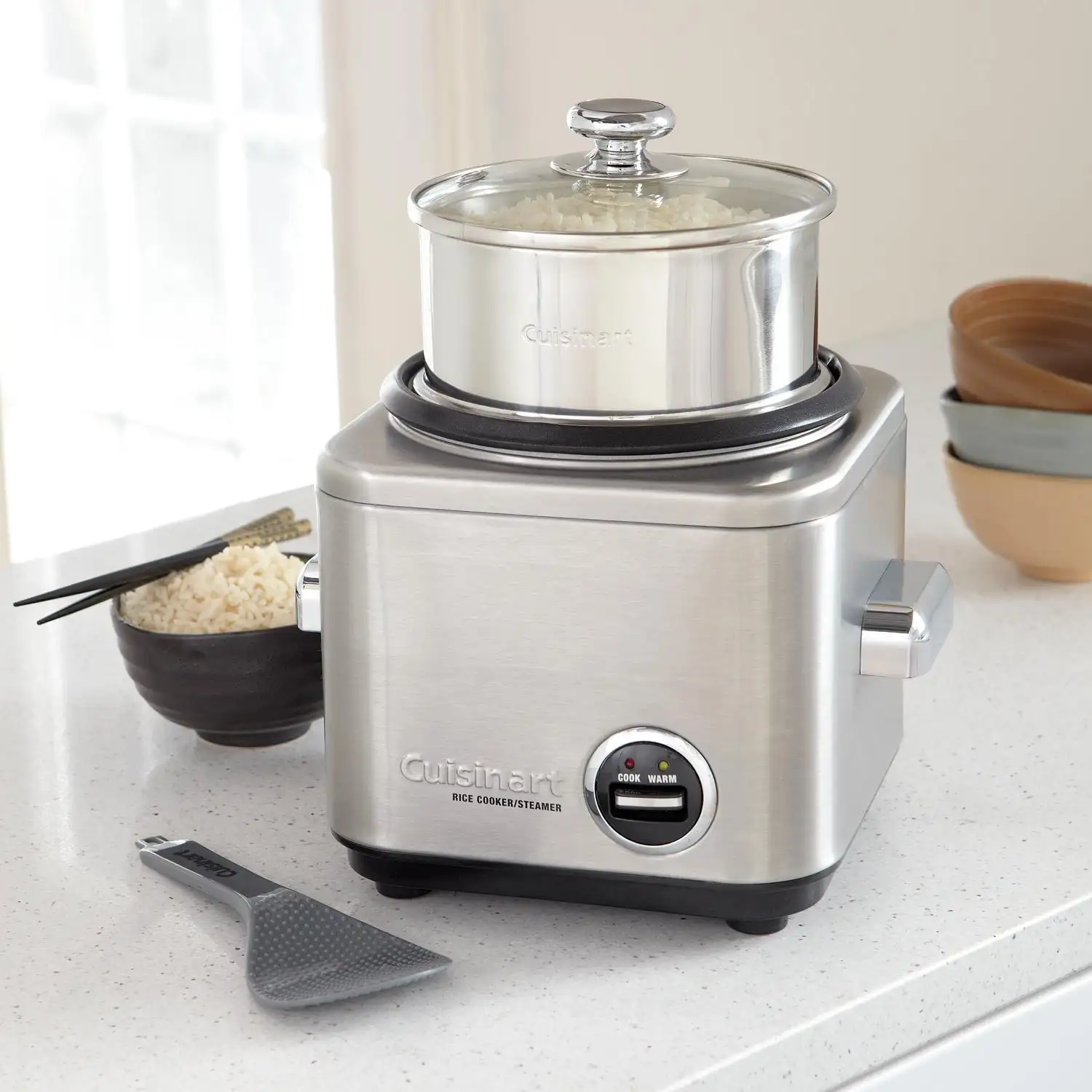
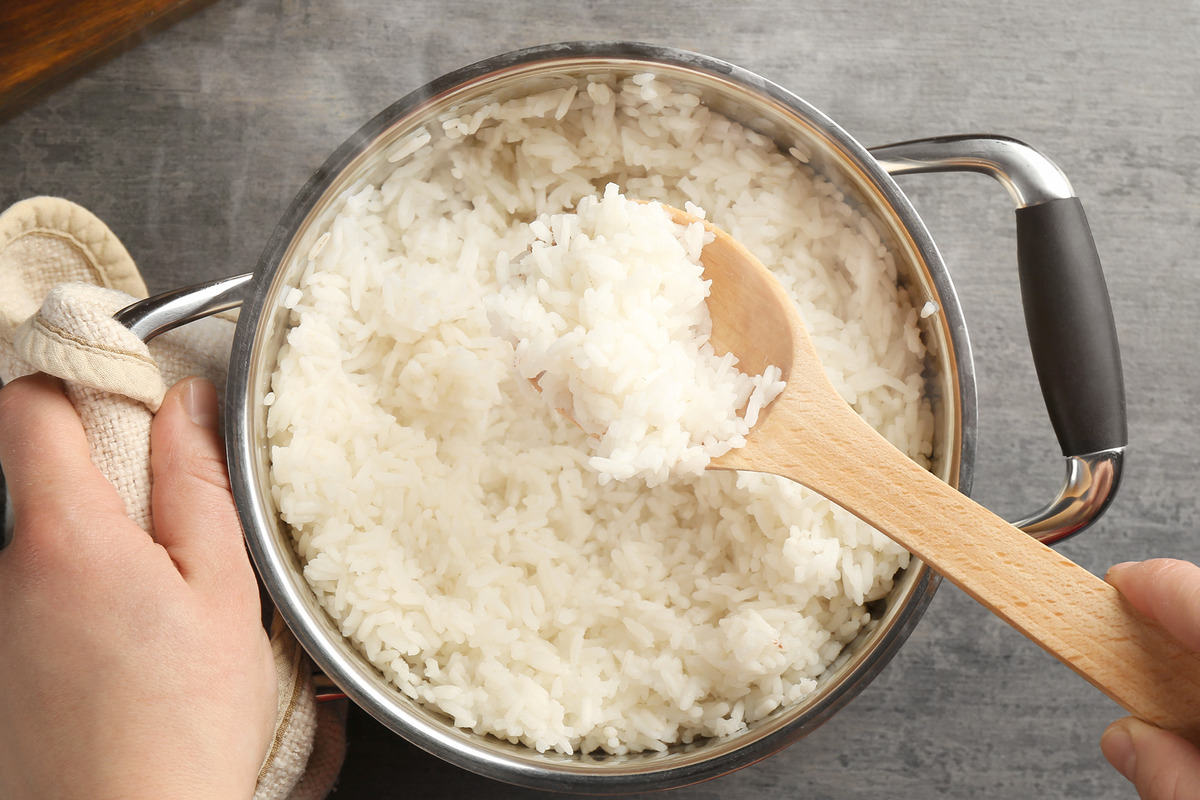
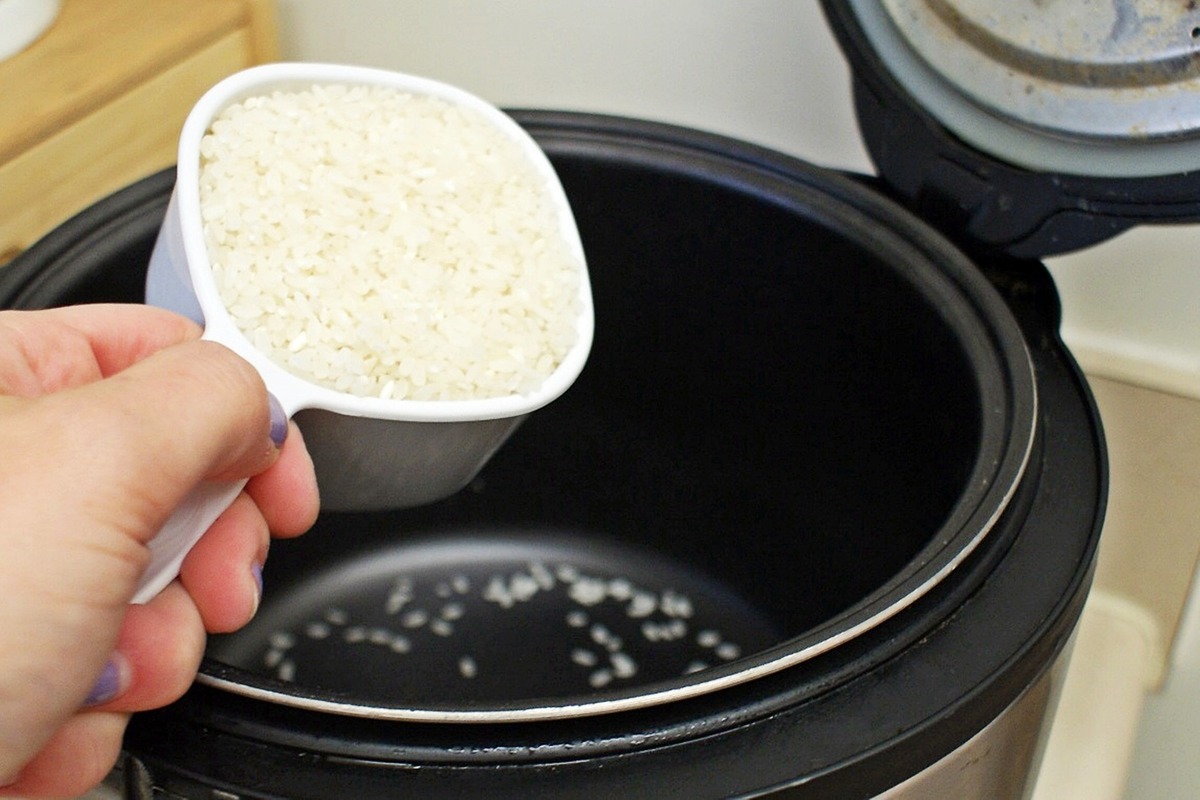

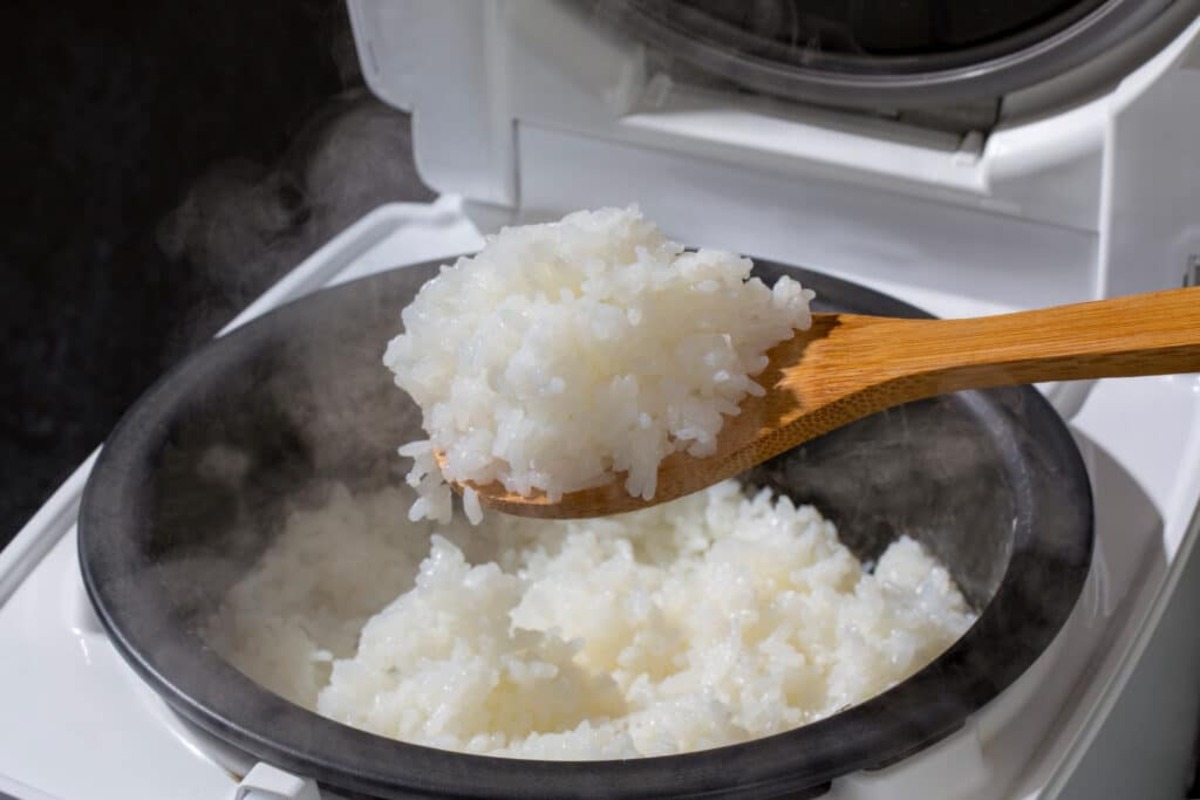
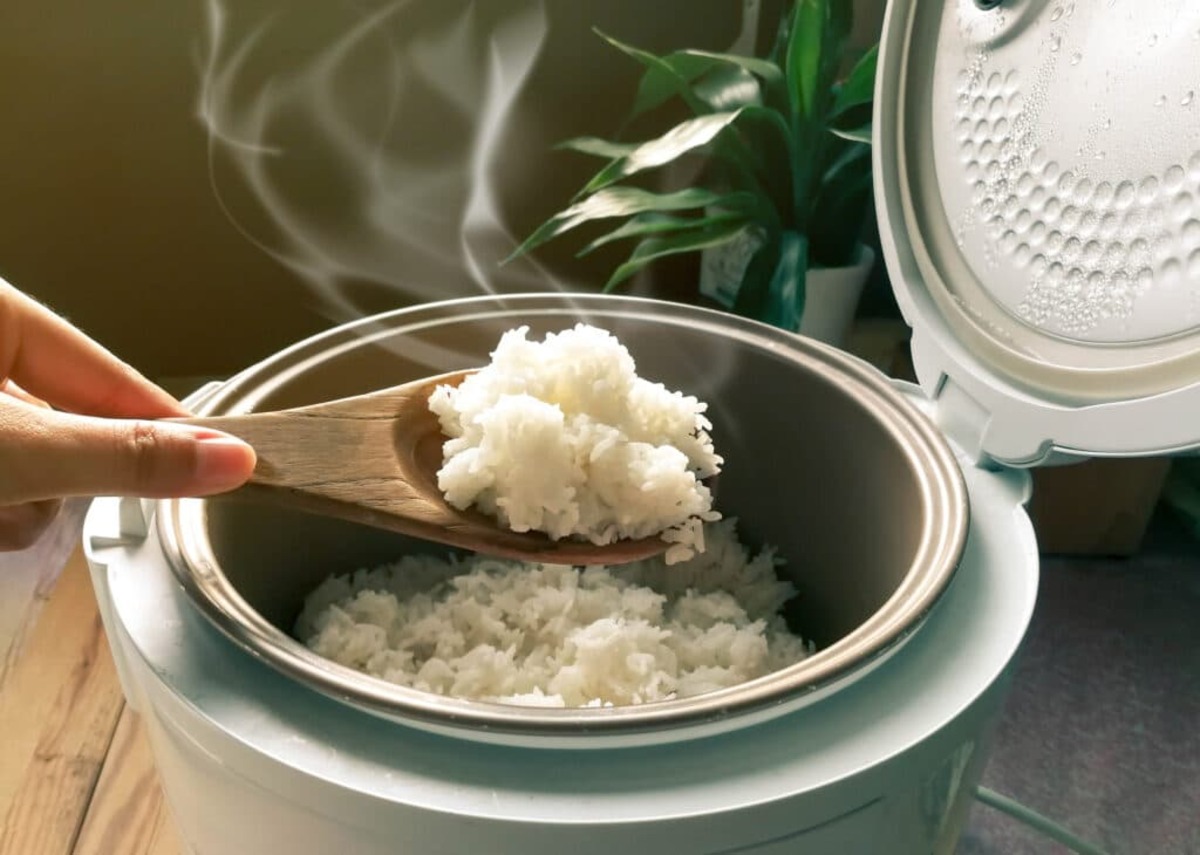
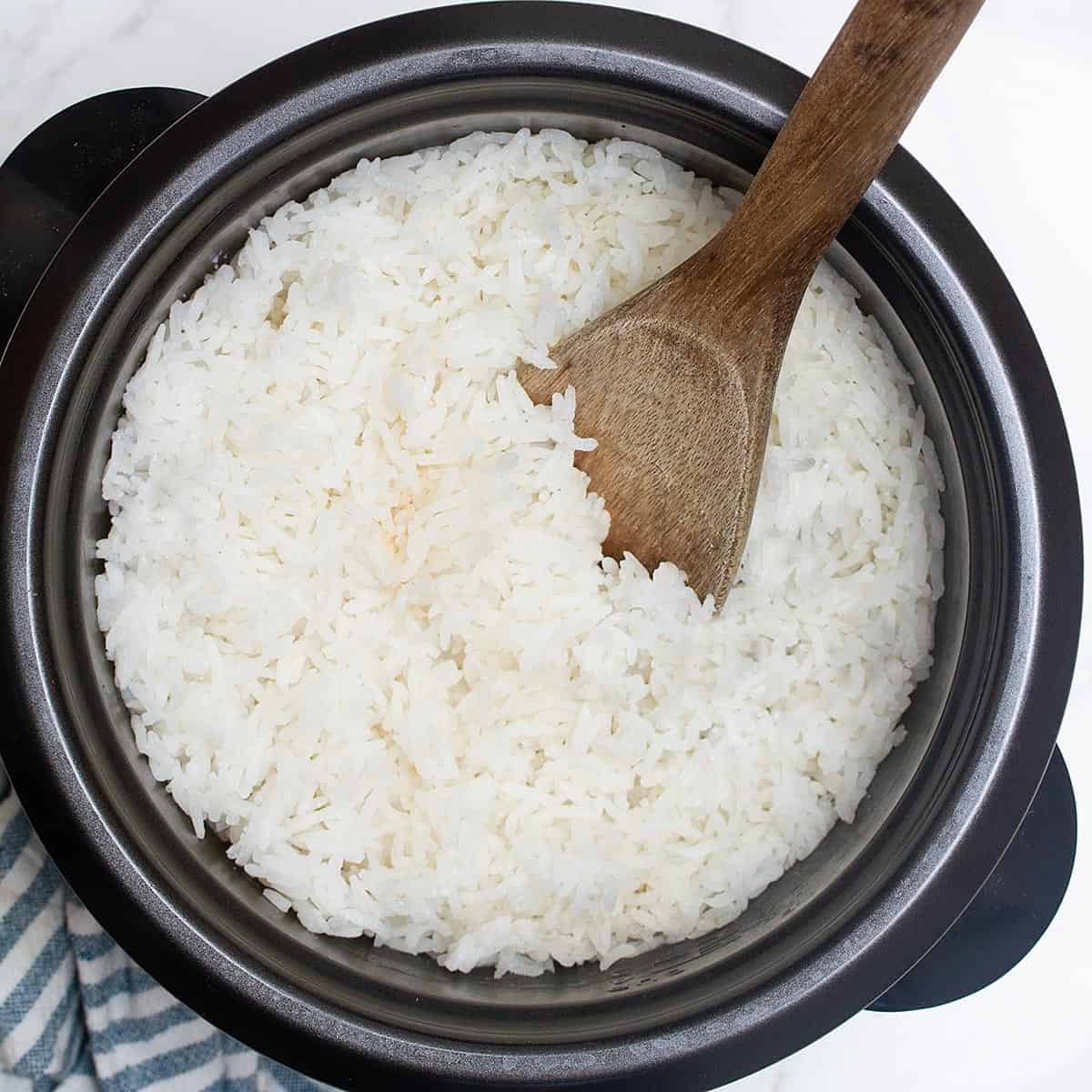
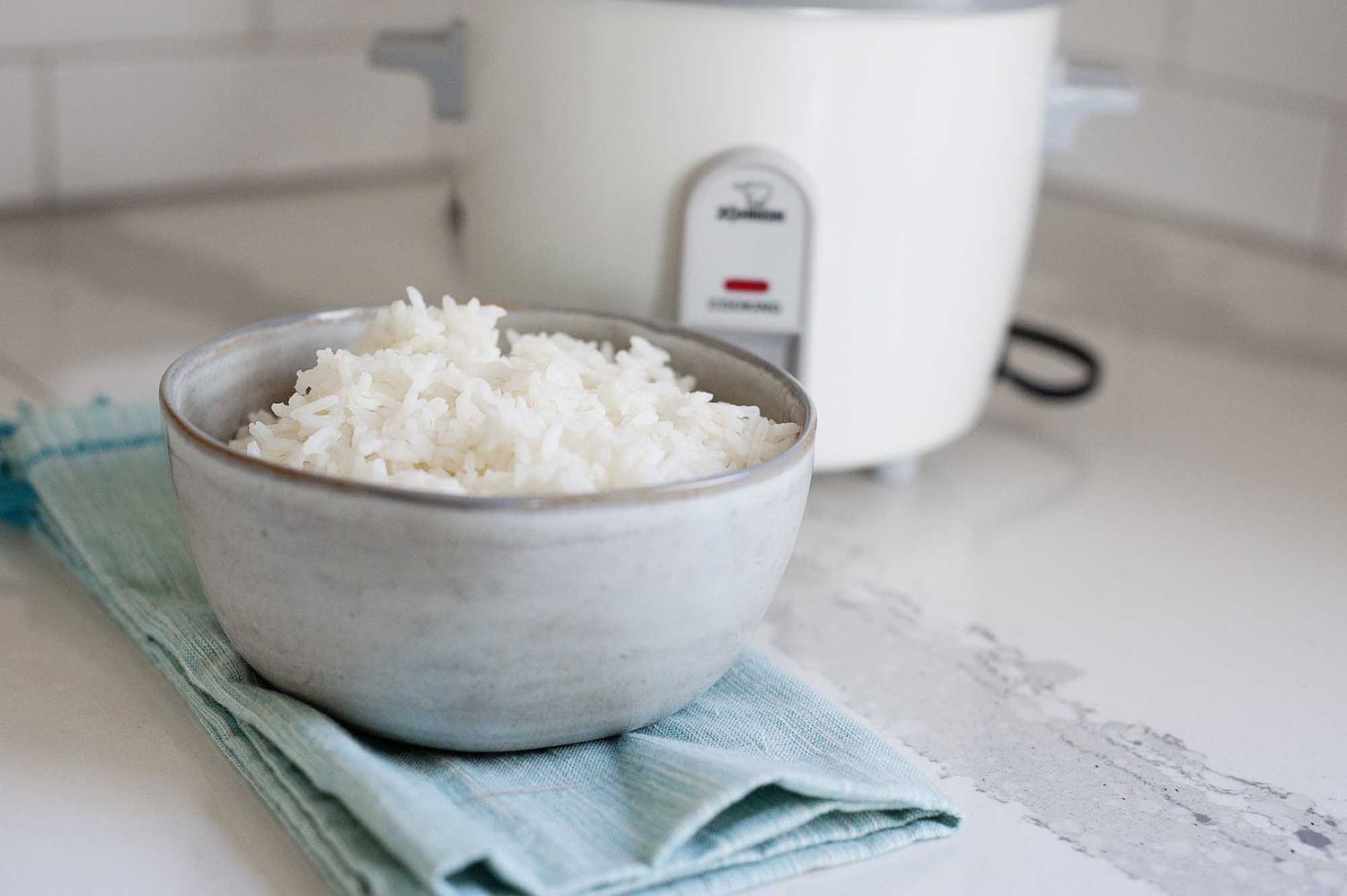
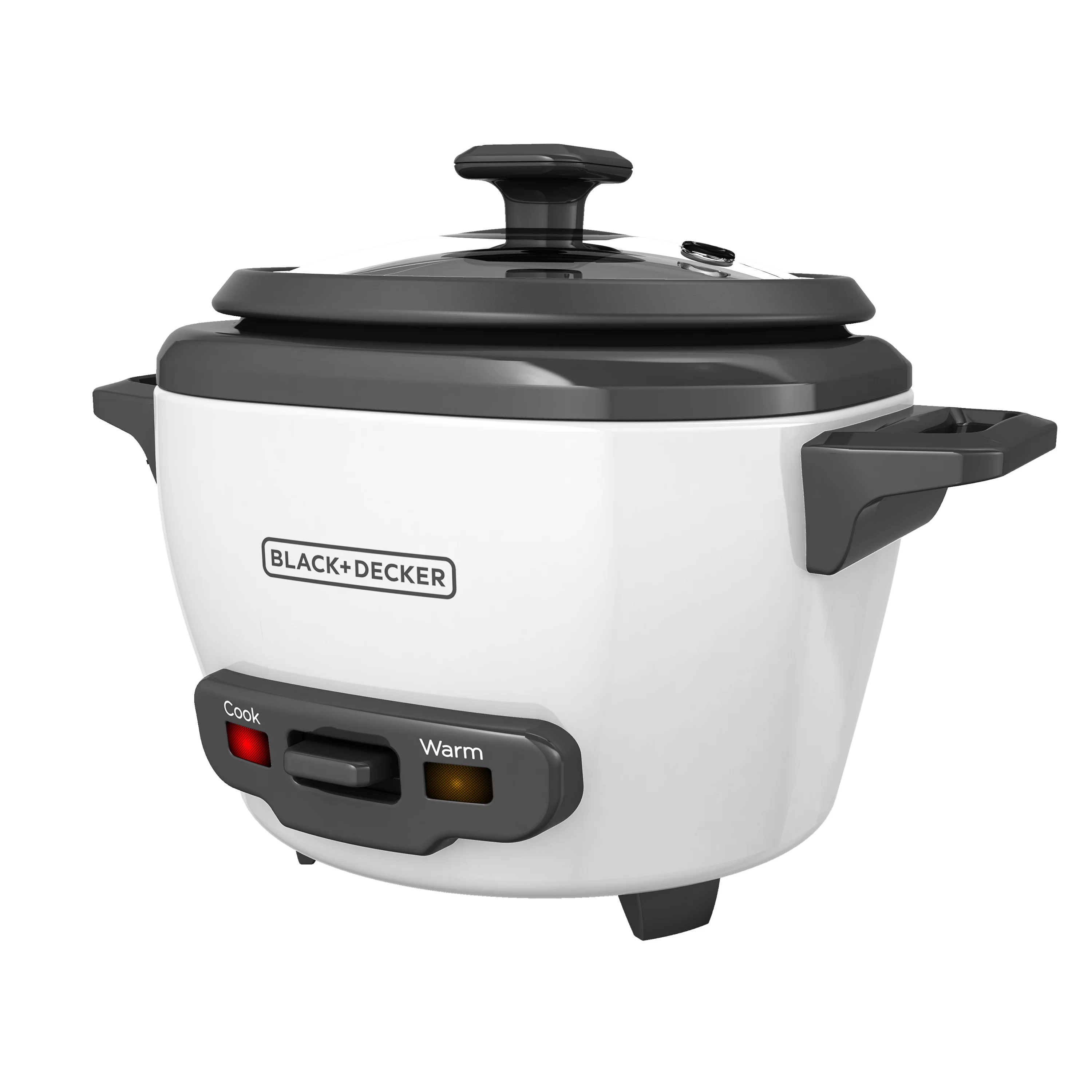
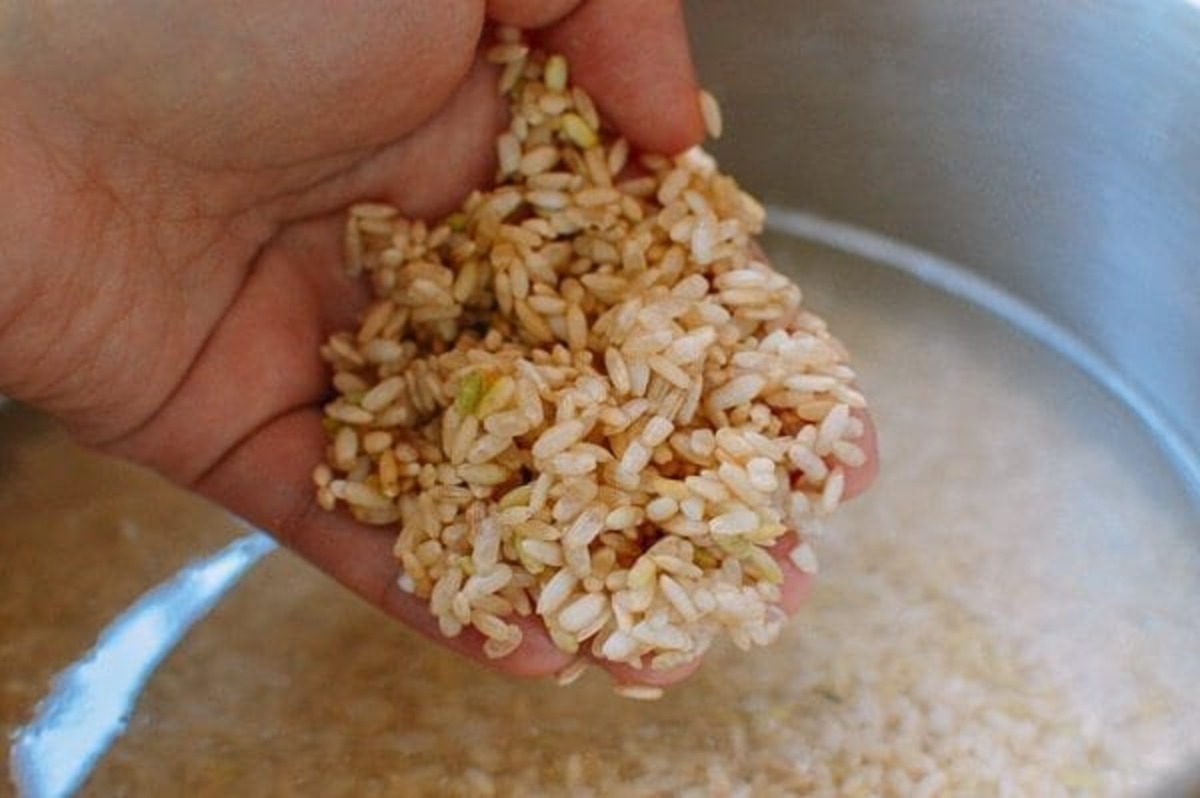
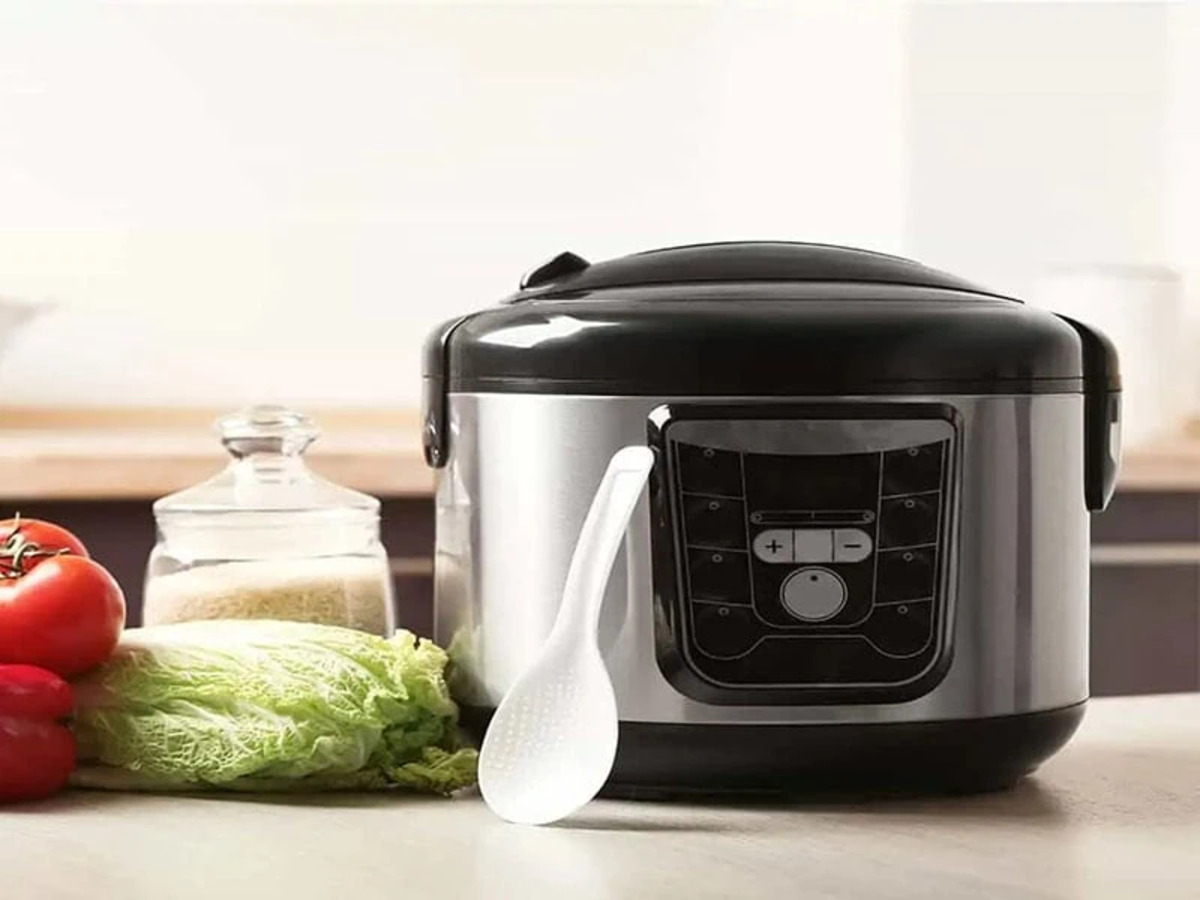
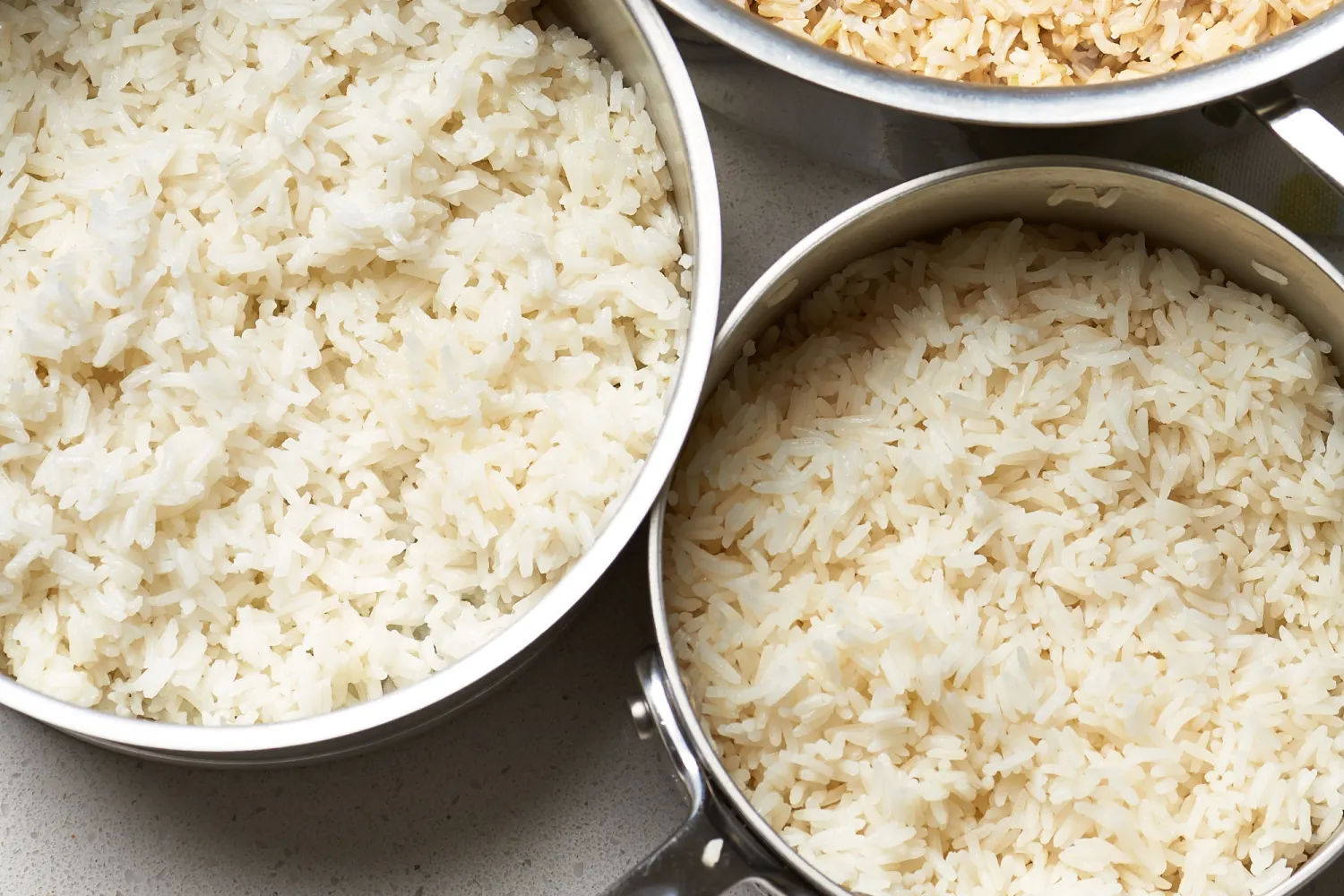
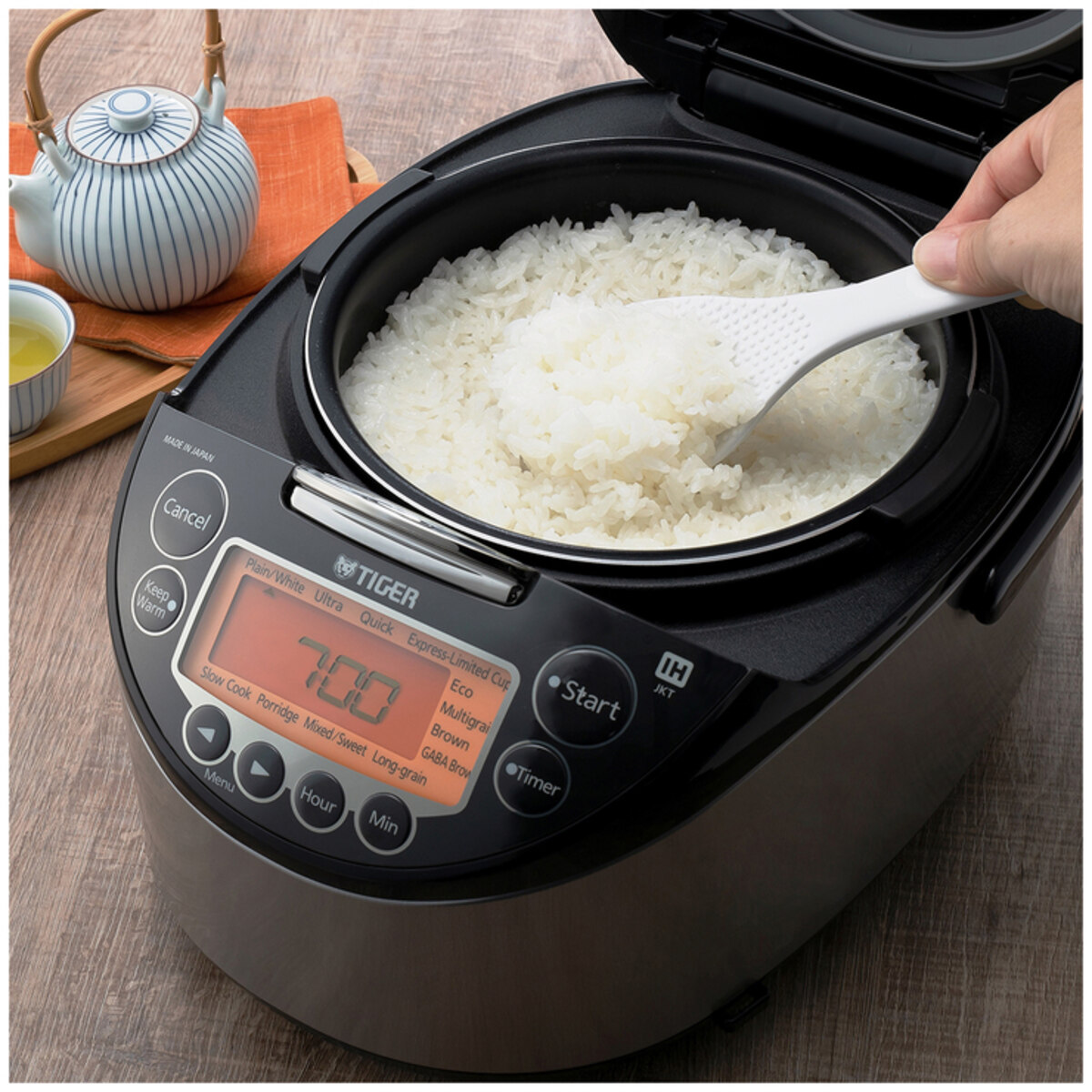


0 thoughts on “How To Cook Millet In A Rice Cooker”